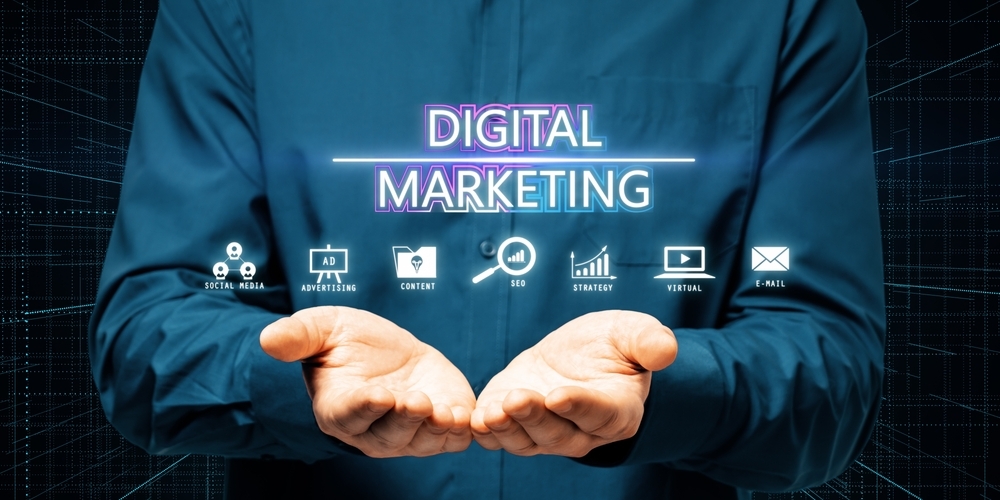Table of Contents
-
-
2.4 AIDA Model
Understanding the Challenges SMEs Face
SMEs often encounter obstacles such as limited budgets, lack of brand recognition, and resource constraints. These challenges can hinder their ability to create impactful marketing campaigns and compete with larger enterprises.
Crafting Compelling Content
The FAB Technique
Features, Advantages, Benefits (FAB) is a classic method for highlighting what a product or service offers.
-
Feature: Describe the product or service.
-
Advantage: Explain how it stands out.
-
Benefit: Emphasize the value to the customer.
Example: A cloud storage service offers 1TB of space (Feature), ensuring ample storage for files (Advantage), allowing users to access their data anytime, anywhere (Benefit).
The 4 P’s Framework
Picture, Promise, Prove, Push is ideal for storytelling and testimonials.
-
Picture: Paint the problem or scenario.
-
Promise: Offer a solution.
-
Prove: Provide evidence or testimonials.
-
Push: Encourage action.
Example: Illustrate a business struggling with data management (Picture), introduce your software solution (Promise), share client success stories (Prove), and prompt readers to sign up for a demo (Push).
The “So What?” Formula
This approach ensures content remains relevant and valuable.
-
State the Fact: Present information.
-
So What?: Explain its significance.
-
Now What?: Suggest next steps.
Example: "Our app reduces processing time by 50% (Fact). So what? This means faster customer service (Significance). Now what? Implement our app to enhance efficiency (Action)."
AIDA Model
Attention, Interest, Desire, Action (AIDA) guides the content flow.
-
Attention: Grab the reader's attention.
-
Interest: Maintain engagement.
-
Desire: Build a connection.
-
Action: Prompt a response.
Example: Start with a compelling statistic (Attention), discuss challenges (Interest), showcase benefits (Desire), and include a call-to-action (Action).
Designing for Engagement
Effective design enhances user experience and reinforces brand identity.
-
Consistency: Maintain uniform colors, fonts, and styles.
-
Clarity: Use clear visuals and concise text.
-
Responsiveness: Ensure designs are mobile-friendly.
-
Accessibility: Design for all users, including those with disabilities.
Example: A well-designed landing page with intuitive navigation and compelling visuals can significantly increase conversion rates.
Effective Media Buying Strategies
Media buying involves purchasing advertising space to reach target audiences.
-
Identify Target Audience: Understand demographics and preferences.
-
Choose Platforms: Select channels where your audience is active.
-
Set Budgets: Allocate funds strategically.
-
Monitor Performance: Use analytics to assess and adjust campaigns.
Example: Investing in social media ads targeting specific age groups and interests can yield higher engagement and conversions.
Integrating AI into Marketing
AI can revolutionize marketing by automating tasks and providing insights.
-
Personalization: Tailor content to individual preferences.
-
Predictive Analytics: Forecast trends and customer behavior.
-
Chatbots: Enhance customer service with instant responses.
-
Content Generation: Automate content creation for blogs and social media.
Example: Utilizing AI tools like ChatGPT can streamline content creation, saving time and resources.
Case Studies: Success Stories
Case Study 1: A startup implemented the AIDA model in their email campaigns, resulting in a 30% increase in click-through rates.
Case Study 2: An SME used AI-driven analytics to identify customer preferences, leading to a 20% boost in sales.
Quick Takeaways
-
Utilize frameworks like FAB and AIDA to structure compelling content.
-
Consistent and user-friendly design enhances engagement.
-
Strategic media buying ensures efficient use of advertising budgets.
-
AI integration can automate processes and provide valuable insights.
Conclusion
For SMEs aiming to stand out in a crowded market, leveraging structured content strategies, thoughtful design, targeted media buying, and AI tools is essential. By adopting these approaches, businesses can effectively capture attention and convert leads, driving growth and success.
FAQs
Q1: How can SMEs create compelling content with limited resources?
A: Utilize frameworks like FAB and AIDA to structure content efficiently and consider AI tools for content generation.
Q2: What design elements are crucial for user engagement?
A: Consistency, clarity, responsiveness, and accessibility are key design principles that enhance user experience.
Q3: How does media buying benefit SMEs?
A: Strategic media buying allows SMEs to reach their target audience effectively, maximizing ROI.
Q4: What AI tools are recommended for SMEs?
A: Tools like ChatGPT for content creation and analytics platforms for customer insights are beneficial.
Q5: How can SMEs measure the success of their marketing strategies?
A: Monitor key performance indicators (KPIs) such as engagement rates, conversion rates, and ROI using analytics tools.
